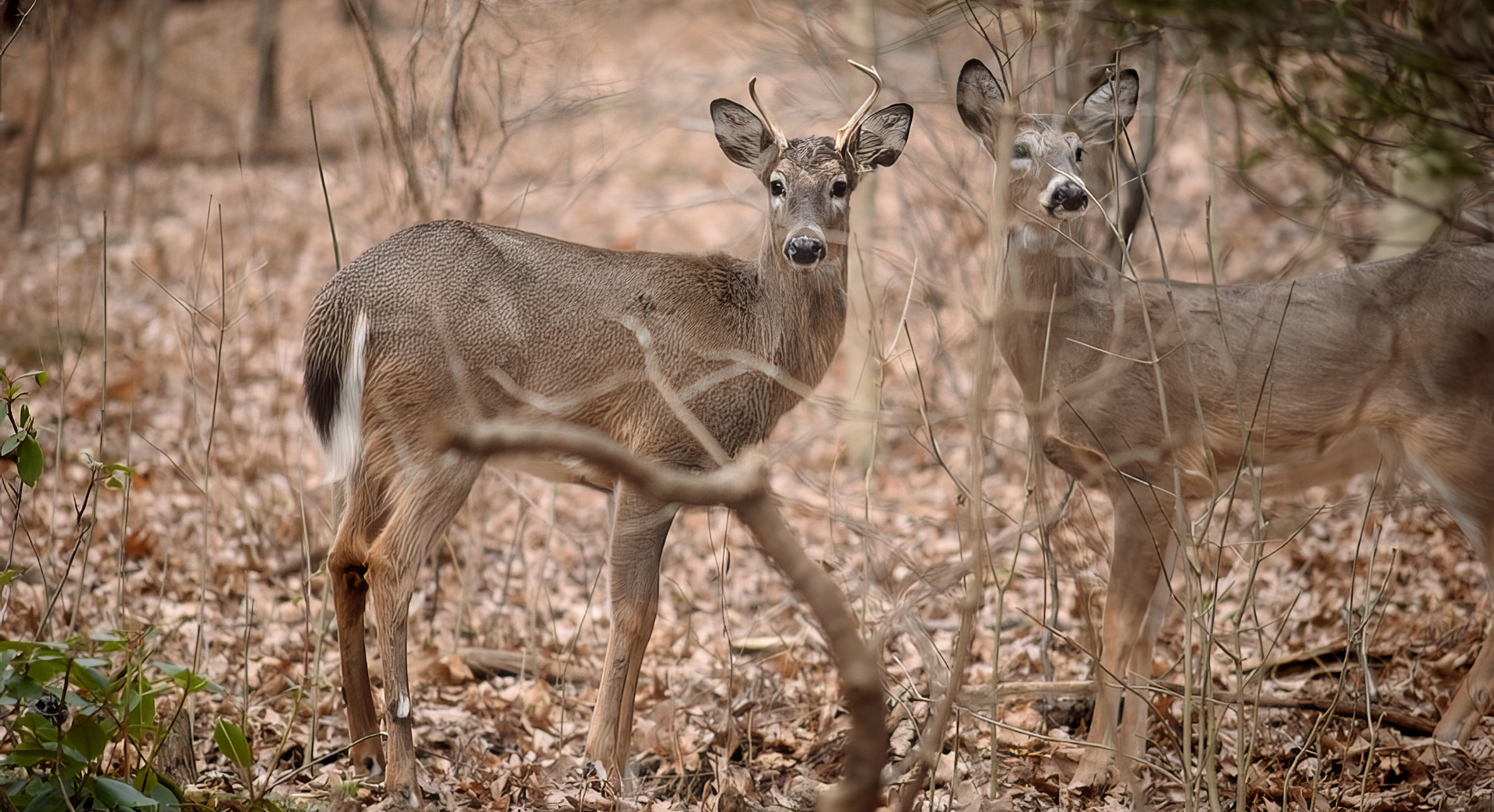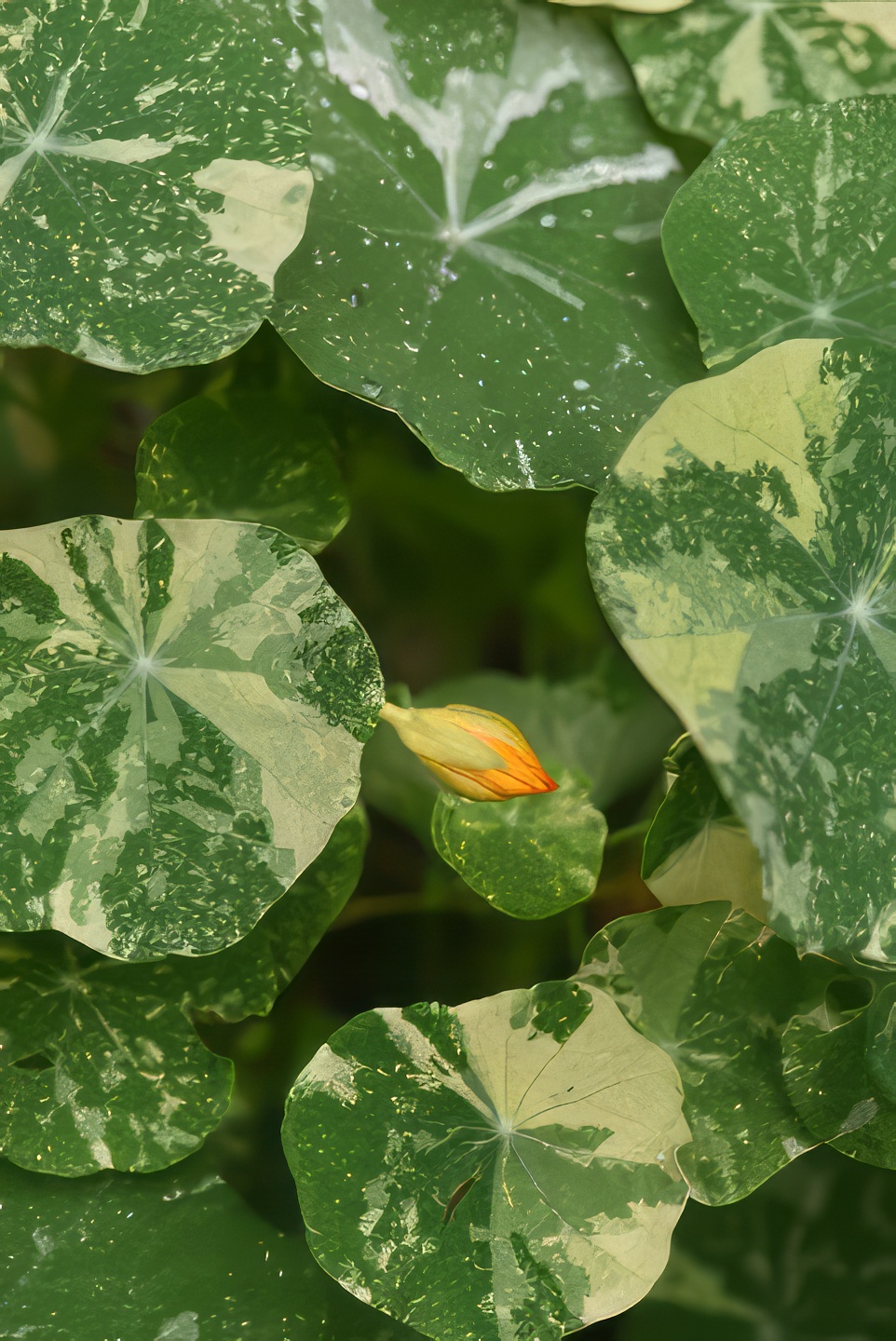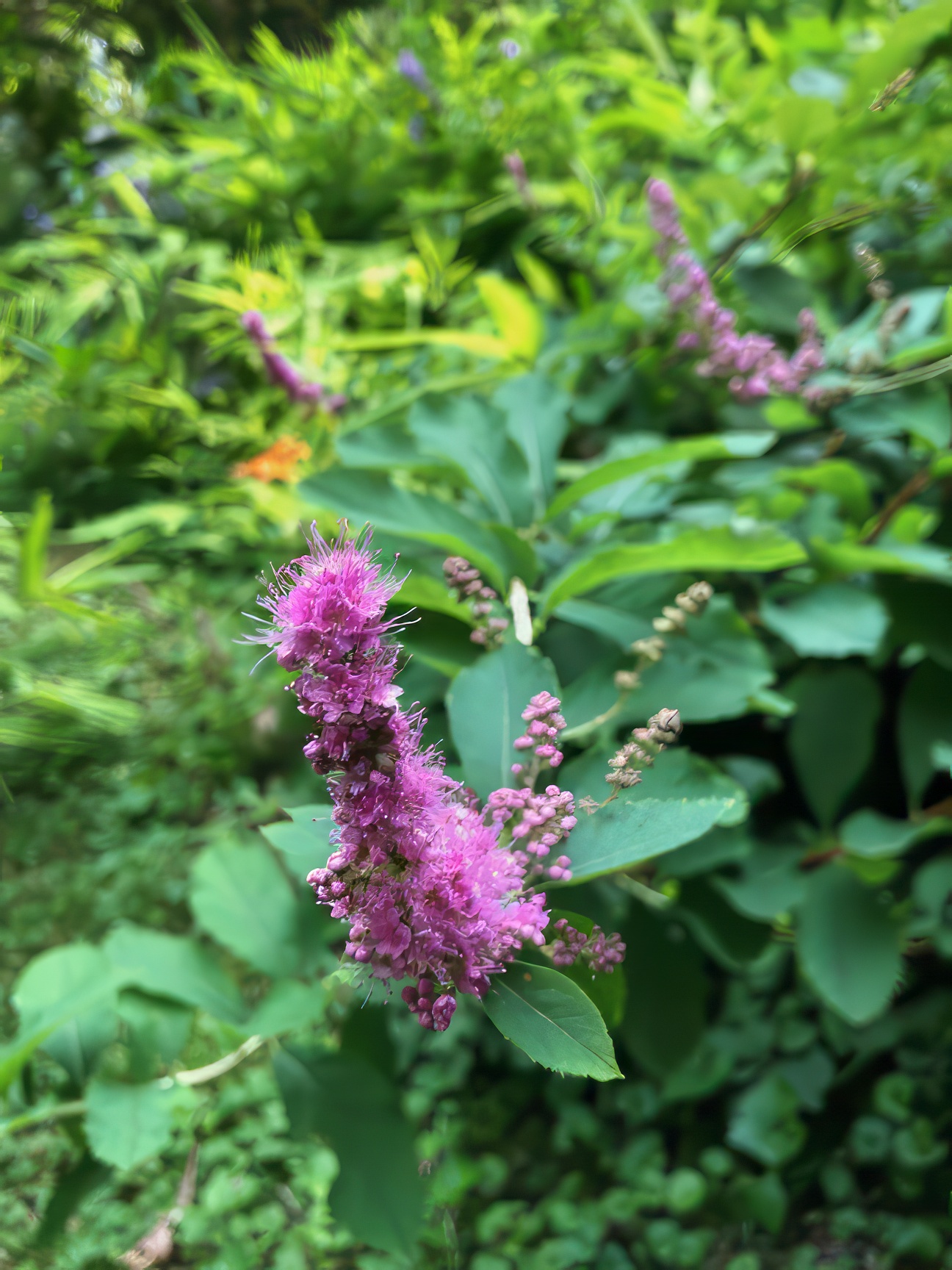
Gardening Green with Doug
Damn Deer
By Doug Oster
June 3, 2024
My heart sank as I walked through the gate of my vegetable garden after being gone for 12 days. Deer had broken through the fence and left the garden in ruins, as if a gang of angry teenagers from an apocalyptic movie had ravaged the area. Tomato cages were toppled, hosta leaves were gone, beloved lilies were beheaded, and hydrangeas were stripped of their foliage.
The fenced veggie garden has become a haven for plants the deer love, taking more and more room from the edibles each season. Seeing those plants trampled and eaten would make any gardener disheartened. It’s a combination of anger and frustration that gardeners feel when deer attack the landscape. Let your guard down for just a minute and the deer will make you pay. In my case, once the deer figured out the fence was compromised, they must have spent days coming and going, browsing on their favorites, but leaving some plants unmolested.
The plants that were left teach us a valuable lesson about what these four-legged marauders are after. The first line of defense is a physical barrier; it could be a sturdy seven-foot fence or some deer netting around a plant. Next step is using a repellent and there are many. I use Bobbex, a smelly liquid spray. The deer have never touched a plant that’s sprayed with the product. It will last on the plant for a few rains, but then must be reapplied religiously. Just like the case of my broken barrier, the day a plant is not sprayed, it will be eaten. There are many different granular and liquid repellents that will be just as effective; in fact, it’s a good idea to mix things up with a variety of different products.
A good friend of mine swears by coyote urine which can be purchased as a liquid, granular or in dispensers that are hung about five feet off the ground.
The third part of the trilogy is trying to grow things that the deer are not as interested in. That’s a challenge, as when hungry, deer will eat just about anything. The other maddening twist is that each herd eats differently. Young deer will drive gardeners insane as they have to try everything learning what’s edible. All I can tell gardeners are the plants that the deer don’t enjoy in my garden. That doesn’t mean they won’t eat the variety in your landscape.
Surveying the vegetable/flower garden revealed some untouched plants like nasturtiums, basil, flowering tobacco, marigolds, and a few others. There are lots of plants growing outside the protected zone of the fenced garden that have been safe. Perennials like ligularia, meadow rue, leucothoe, salvia, Siberian iris, aralia, hibiscus, hellebores, Corydalis lutea, hardy bananas, ornamental grasses, salvia, and others have never been touched by deer in my garden.
Shrubs that have been left alone include spirea, bottlebrush buckeye, kerria, boxwood, viburnum, forsythia (although they would eat it to the ground in my mother’s garden), juniper, cedar, false cypress, elderberry, weigela, potentilla, and many others.
As far as annuals go, salvia is my go-to plant in unprotected spots, but cannas, lantana, sweet alyssum, cleome, cosmos, begonias, torenia, strawflower, snapdragons, dusty miller, and a host of other plants should be safe from deer. When I walked into the vegetable garden after my trip, I felt defeated and demoralized. As I looked more closely, many of my tomatoes, peppers, and other plants either were untouched or should rebound. After the anger faded away, calm prevailed, knowing that it’s not the deer’s fault, as a gardener I need to figure out every way I can to keep my plants safe. I’m not giving up and you shouldn’t either.







Doug, you have my sympathies about your deer-ravaged garden. I try to adopt a live-and-let-live attitude toward deer, figuring there’s no malice in their destruction of our plants. I have had good success with spraying my plants with Repels All, but I have to start early in the spring to “train” the deer that my plants taste yucky. But after 25 years of growing tomato plants in big containers on my patio, I discovered last week that a deer had eaten the top half off of my cherry tomato plant. I’m hoping the plant will come back, but just in case, I bought another cherry tomato plant. They also ate the blooms off a big geranium plant. Deer have never bothered plants on my patio, but I guess there’s always a first time. A few years ago, I had eight leatherleaf viburnum plants on my property, having been told they’re deer resistant. That winter, the deer ate part of them. So deer-resistant isn’t the same as deer-proof. The point is “Live and learn”: now I spray EVERYTHING religiously!
I feel your pain. This is so sad to come back to after you had such a wonderful trip.
Doug over the years I have just learned that they will eat everything I plant , so I stay unattached to my bulbs and roses and lilies,they even eat the geraniums that they never used to touch ! They have the run of my garden , I give up , So beautiful is life !
I’m so sorry for all the plants you lost to deer. I’m sure it was heartbreaking. Thank you for the list of, hopefully, deer resistant plants. What I don’t understand is why don’t deer eat weeds?!
Doug,
Which Spirea is pictured in your photo.? Also do you know of any perennial Salvias that have a long blooming season -maybe most of the summer ?